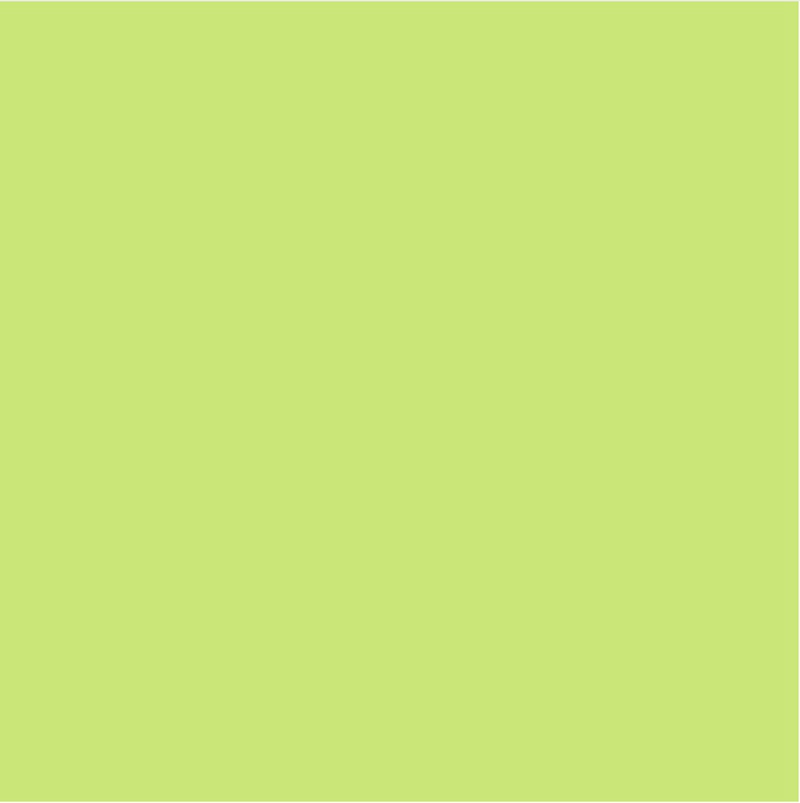Construction Process of Compact Grade Laminate Adhesive Method
 Mar 14, 2017|
Mar 14, 2017| View:1337
View:1337






Construction Process of Compact Grade Laminate
Adhesive Method
Compact Grade Laminate (CGL) is a high pressure and high temperature decorative laminate with its features like antioxidant, resistant to water & corrosion, easy to clean, especially catering to mid - high level interior wall decorations in hospitals, laboratories, office buildings, etc. where high standard of cleanliness is required. Main construction methods of GCL are the dry hanging and the adhesive method; The adhesive way has been widely used in recent years based on its excellence in durability, etc.
1. Features
The adhesive construction method has features like easy for operation, excellent construction quality, impact resistance in use, surface anti-bending & anti-deformation, etc.
2. Technical Principals
Use the aluminum alloy square tubes fixed on walls as keels. Temporarily fix CGLs with dual adhesive tape and permanently fix the keels with structural adhesive, completing the final decoration.
3. Application Scope
The adhesive method is applicable to CGLs decoration construction on interior walls with thickness less than 8mm, or concrete walls, infill walls or light walls, etc.
4. Process Flow and Operation Essentials
4.1 Process Flow
Base Treatment - - Wall Stringing - - Keel Making - - Keel Fixation - - Dual Adhesive - - Structural Adhesive Injection - - CGL Installation - - Seam Adhesive Injection - - Cleaning - - Acceptance Check
4.2 Operation Essential Points
4.2.1 Base Treatment
Clean up the walls wiping off floating sand, dust and other unnecessary things. Repair and ensure that the wall is basically flat.
4.2.2 Wall Stringing
String CGL frame lines on walls according to the wall layout and actual onsite situation.
4.2.3 Keel Making
Keel spacing should be between 350 ~ 600mm. Use 25 * 50 * 3.0 aluminum alloy square tubes as main keel on CGL seams and 25X25X2.0 aluminum alloy square tubes as sub keel inside the laminate. Then fix the vertical and horizontal part of the keel with "L" - shaped aluminum alloy connector. Vertical and horizontal keels can be assembled on the ground in advance in order to facilitate the construction. And generally each assembly is no bigger than 6m.
4.2.4 Keel Fixation
Install the assembled keel unit onto the wall. Adjust its flatness to meet the requirement. Use the expansion bolts and "L" -shaped aluminum alloy connector to fix (use rivets in case of light walls). The fixing point spacing is no bigger than 500mm.
4.2.5 Dual Adhesive
Strong dual adhesive tape is used for temporary fixation as the structural adhesive has 24 hours curing time. Remove one side coating of the dual adhesive tape and take 25mm as a unit, paste onto the vertical and horizontal keels by every 150-200mm spacing.
4.2.6 Structural Adhesive Injection
Inject structural adhesive onto the rest of aluminum alloy keel surface with thickness slightly higher than the dual adhesive tape, normally no less than 5mm. The structural adhesive should be evenly smeared and with the same thickness.
4.2.7 CGL Installation
Remove the other side coating of the dual adhesive tape. Cut the CGL according to the layout and lightly press onto the keel. The width of laminate seams shall be determined according to specific decoration design. Little amount of flatness error can be adjusted with structural adhesive thickness.
4.2.8 Seam Adhesive Injection
Paste anti-fouling papers along the both sides of the laminate seams. Use caulking gun to fill neutral sealant onto laminate seams. The sealant should be filled in a dense and flat way.
4.2.9 Cleaning
Remove anti-fouling papers around the laminate seams and clean the laminates
4.2.10 Acceptance Check
Carry out acceptance check according to the national standards and relevant designing requirements.
5. Materials
5.1 Compact Grade Laminate
Using the Compact Grade Laminate should comply with the relevant standards of the National standards Decorative High-pressure Laminates (HPL)-Sheets Based on Thermosetting Resins GB/T 7911-1999 and Indoor decorating and refurbishing materials-Limit of formaldehyde emission of wood-based panels and related products GB 18580-2001
5.2 Structural Adhesive
Use Swiss Sika structural adhesive
6, Construction Machinery and Tools
Impact drill, pistol drill, precision saw, laser level, caulking gun, broom, etc.
7. Labor Organizing and Safety
7.1 Labor Organizing
Working personnel shall be arranged under the CGL construction according to the construction procedures and its characteristics: keel making and installation, 6 persons; CGL installation, 3 persons; seam adhesive injection, 1 persons. Flow segments shall be divided according to the construction parts and workloads. Each segment construction can be started when the previous one is completed.
7.2 Safety Measures
7.2.1 Construction personnel must have admission safety training prior to operation
7.2.2 Operations of machinery equipments such as impact drill, pistol drill, precision saw, etc. must strictly follow the operation instructions.
7.2.2 Electricity using shall comply with the temporary electricity management regulation onsite.
8. Quality Requirements
8.1 Quality Standard: As one of the wall decoration laminates, CGL installation shall comply with the National standard Code for Construction Quality Acceptance of Building Decoration GB50210-2001.
8.2 Keels and walls should be firmly connected. The connectors cannot be missed; Dual adhesive tapes and structural adhesive should be used according to the requirements.
8.3 It should be sealed with sealant around the opening electromechanical terminal of laminates (power socket, switch, etc.) during clean area construction.
9. Effectiveness Analysis
Compared with dry hanging method, the adhesive method is easier to operate. It can effectively prevent the laminates from bending deformation, especially in clean area. Additionally, due to less specific keels and pendants of the dry hanging method, construction procedures and materials can be reduced and saved. Generally speaking, the cost can be reduced by 5%-8% under comprehensive estimation.





